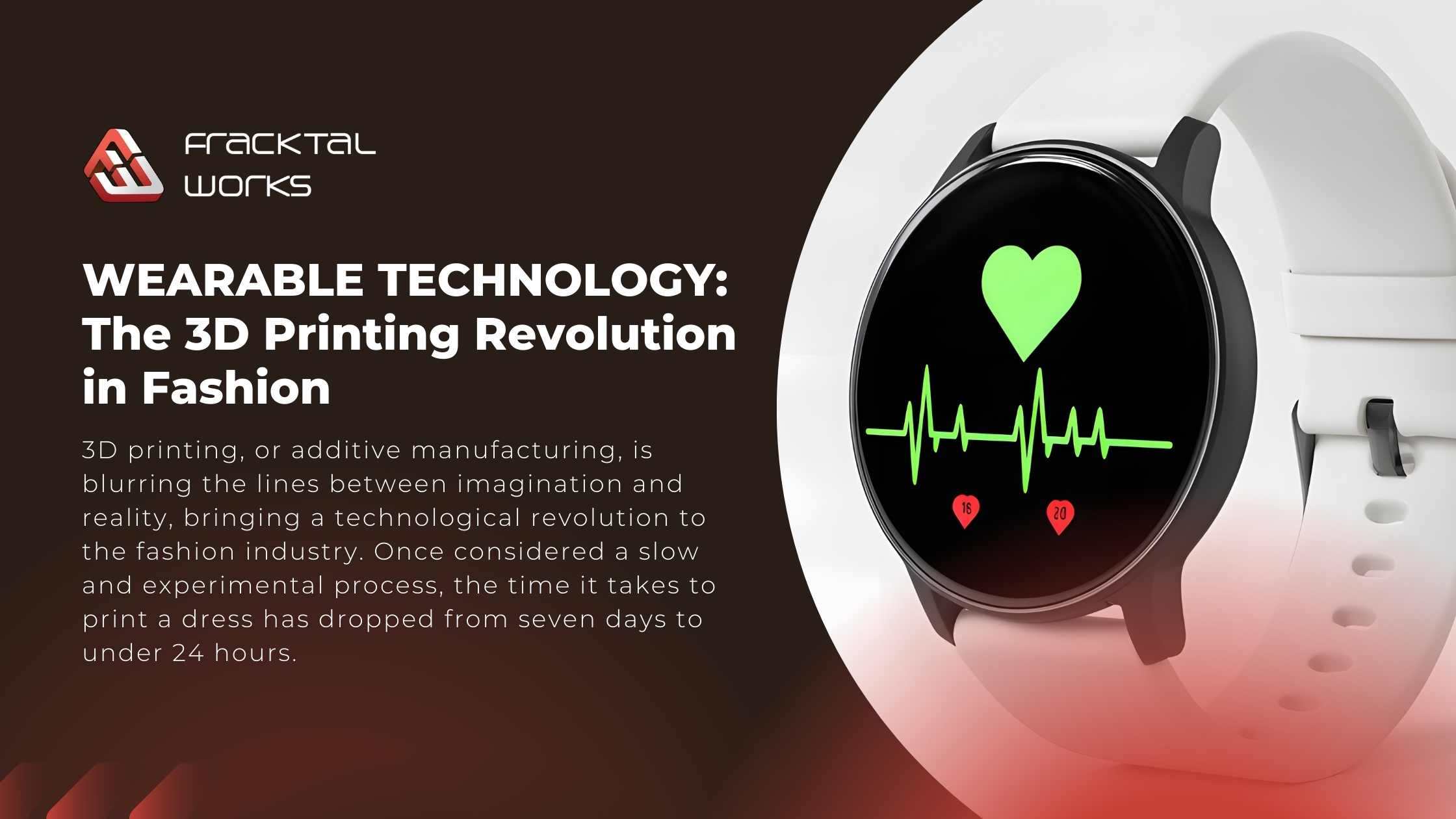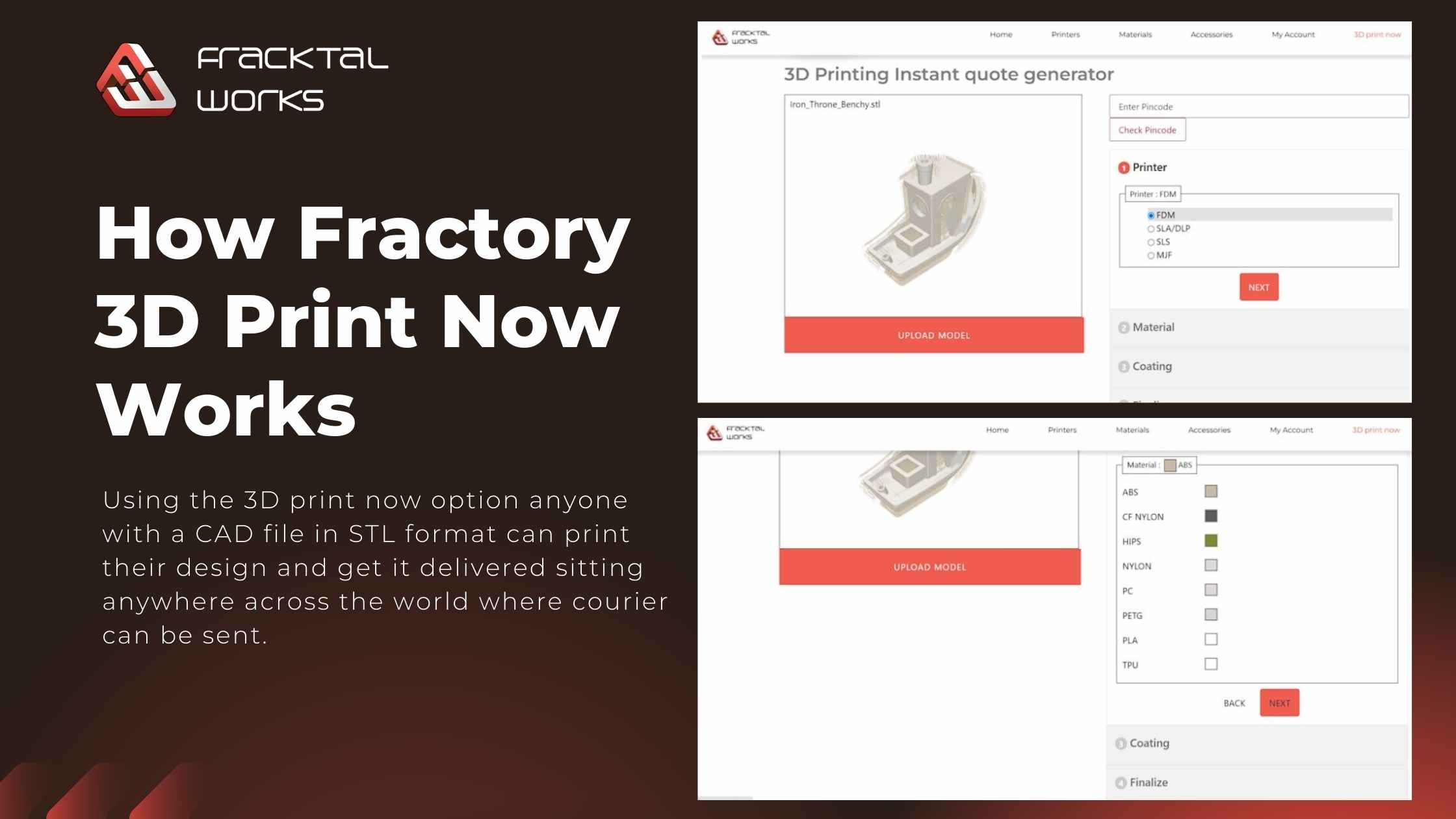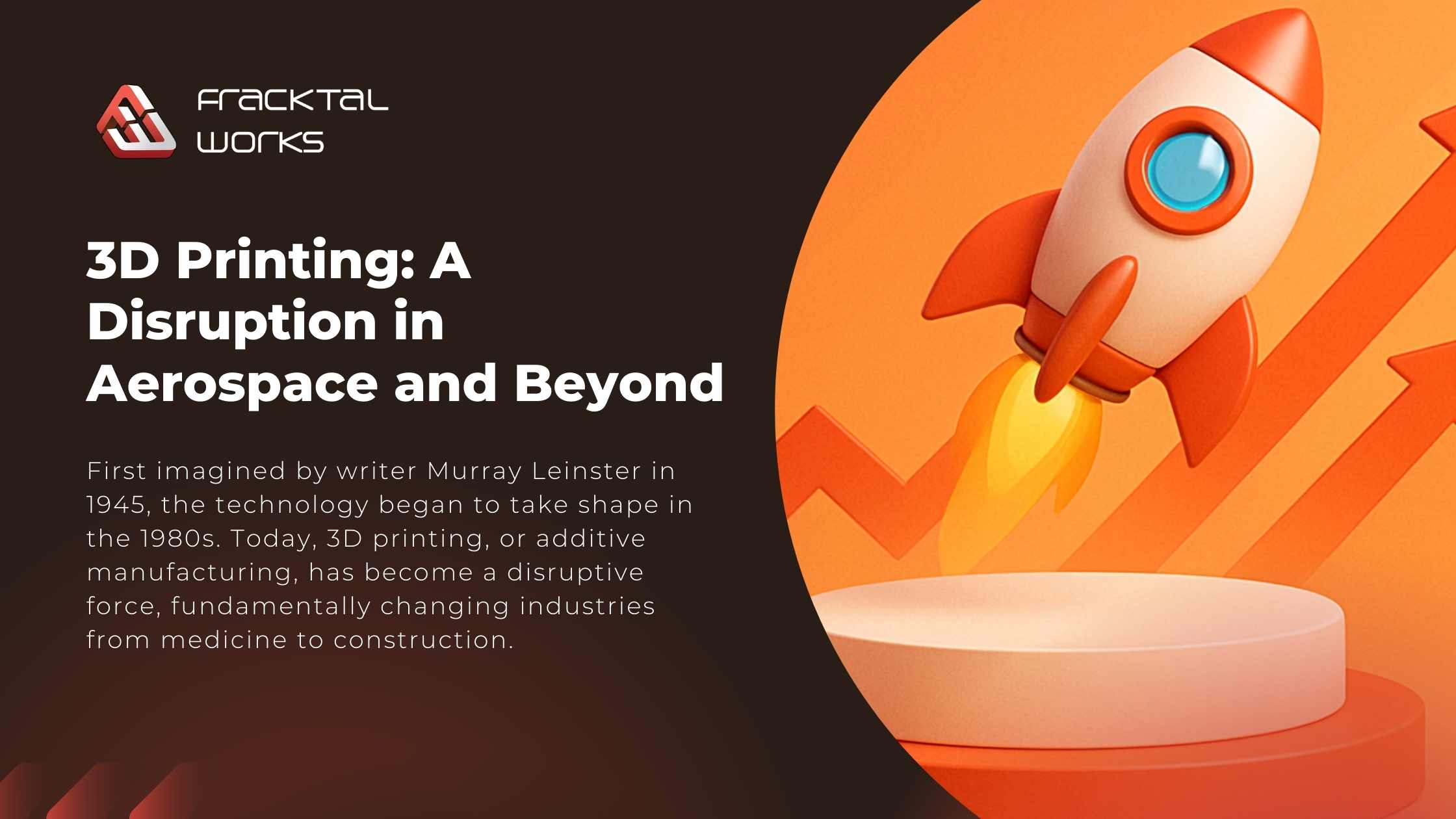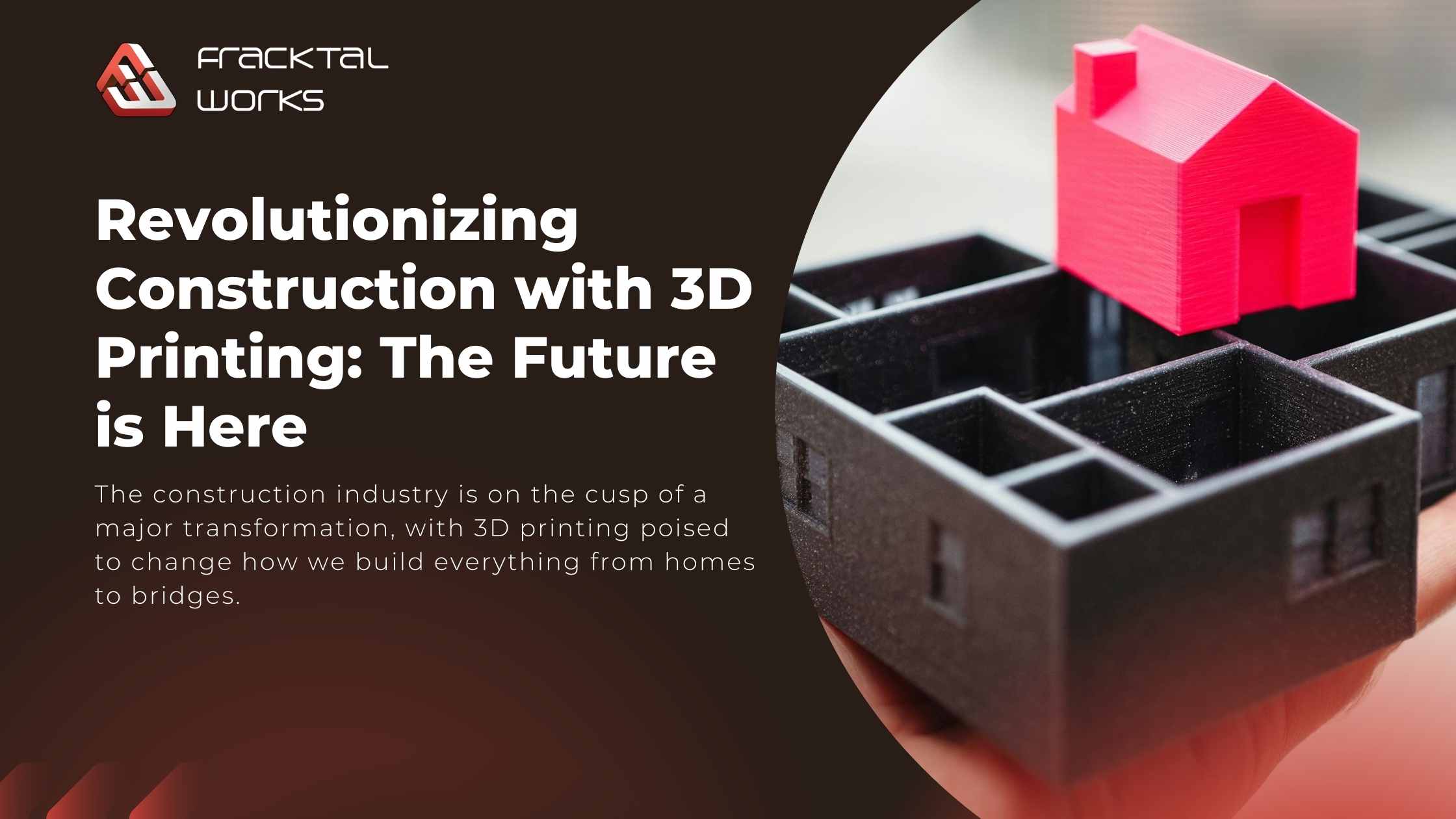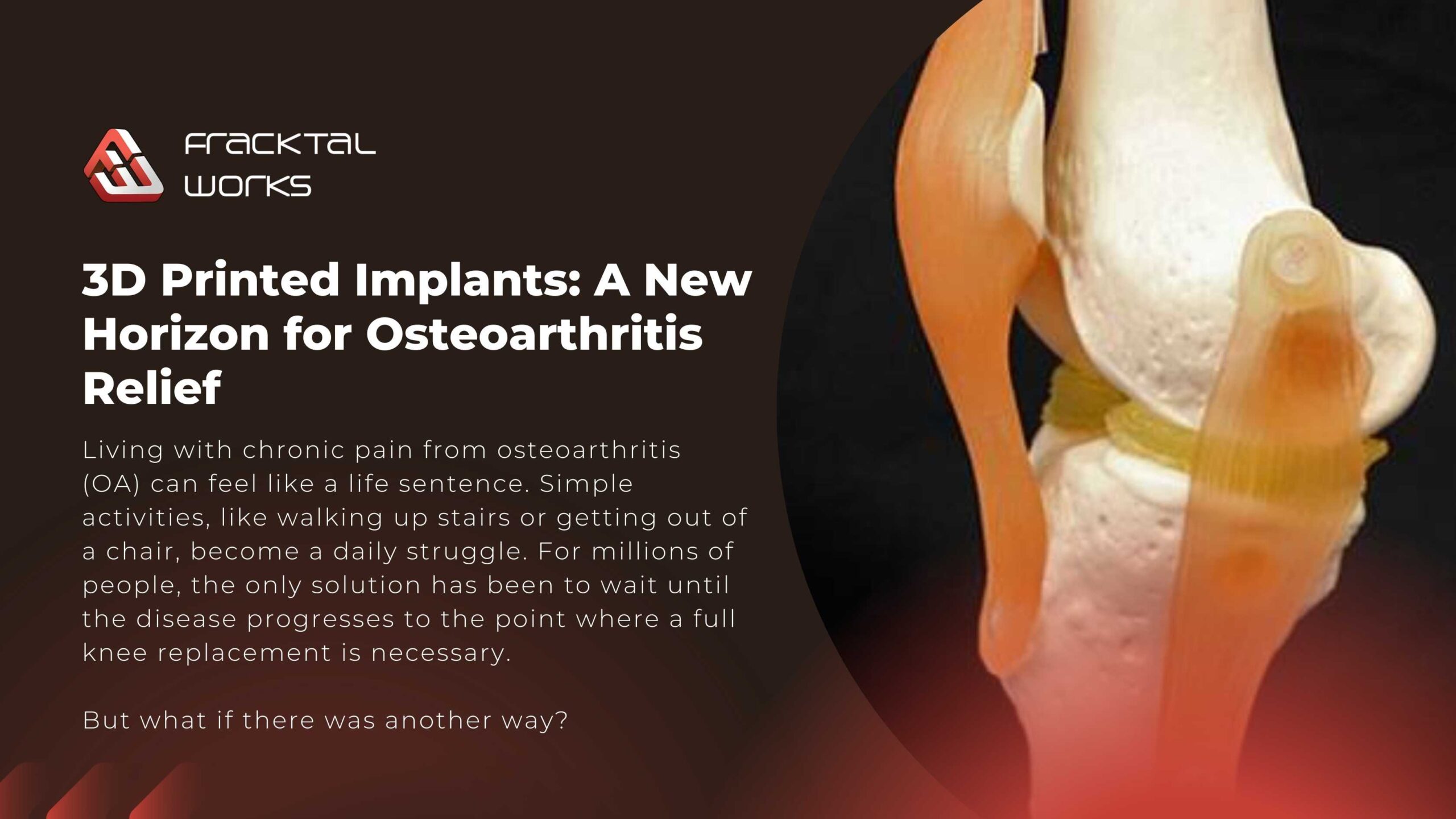3D printing, or additive manufacturing, is blurring the lines between imagination and reality, bringing a technological revolution to the fashion industry. Once considered a slow and experimental process, the time it takes to print a dress has dropped from seven days to under 24 hours. This rapid advancement is giving designers the freedom to create complex, unprecedented, and visually stunning designs.
Redefining Couture: Wearable Technology and Personalized Fashion
The future of fashion is no longer confined to traditional fabrics. Flexible and durable materials like Filaflex have opened up a new realm of possibilities for designers.
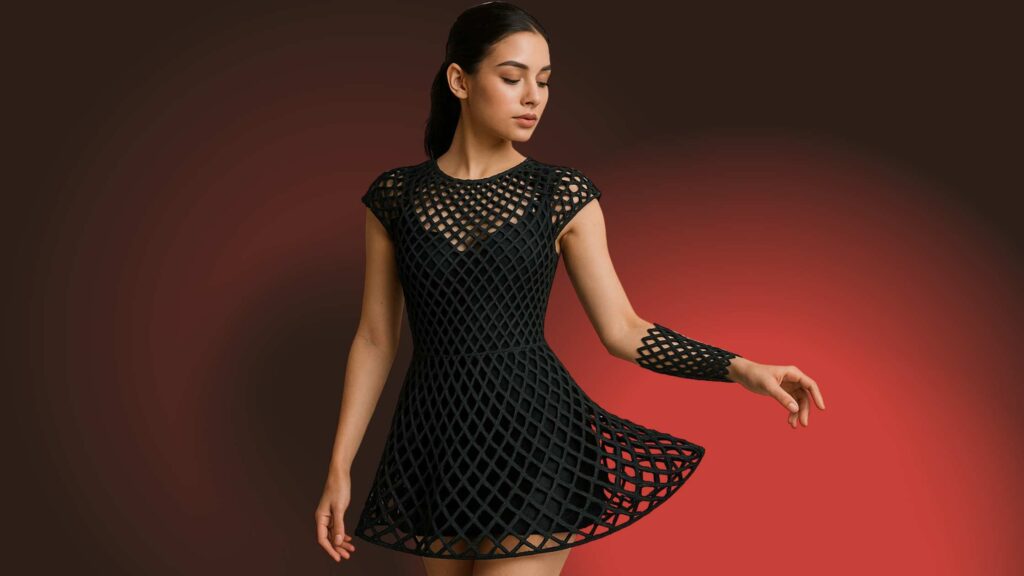
- Beyond Aesthetics: Designers are moving beyond purely visual creations to incorporate technology into their apparel. Pioneer Anouk Wipprecht is a prime example, known for her innovative tech-infused garments. Her famous “Smoke Dress” uses sensors to detect when someone enters the wearer’s personal space, releasing a cloud of smoke as a protective, futuristic statement. While 3D-printed sensors are still primarily in the lab-stage, their commercialization could lead to a new era of interactive and responsive clothing.
- Mass Customization: The days of exclusive, high-end couture being limited to the elite are numbered. 3D printing promises to democratize fashion, making bespoke designs accessible to everyone. The concept of “walk-in” 3D printing shops, where customers can instantly print their favorite apparel or accessories, could soon become a reality. Imagine being able to print a custom, designer outfit on-demand for a last-minute event, offering a level of convenience and personalization previously unimaginable.
3D Printing’s Impact on the Fashion Supply Chain
The benefits of 3D printing extend far beyond just creative design. It is fundamentally changing how the industry operates, from prototyping to production.
Prototyping and Rapid Prototyping
For designers, rapid prototyping is a game-changer. By quickly creating physical prototypes, designers can test new ideas with confidence, unburdened by the time and material constraints of traditional manufacturing.

- Footwear Innovation: The shoe industry is already embracing this technology. Major brands like Adidas and Camper use 3D printing to develop and test new, attractive shoe designs quickly. This also benefits smaller brands, allowing them to compete and innovate on a level playing field.
- Personalized Sports Gear: In the sports industry, 3D printing allows for the creation of customized protective gear, like helmet linings, tailored to an athlete’s exact physique. This ensures a perfect, comfortable fit that enhances performance and safety.
The Rise of Sustainable Fashion
With growing concerns about climate change, the fashion industry is under pressure to adopt more sustainable practices. 3D printing is a key part of this solution.
- Zero-Waste Production: Unlike conventional methods that involve cutting fabric, 3D printing uses only the exact amount of material required. This dramatically reduces material waste and conserves resources.
- Reusable Materials: The technology allows for the use of recyclable or reusable fabrics, further minimizing environmental impact and reducing water and air pollution.
A New Era of “Download and Print”
The future of retail could shift from “add to cart” to “download and print.” Fashion institutions are already training the next generation of designers in 3D software and printing technology. This shift will enable retailers to produce small, on-demand quantities, freeing them from the rigid preconditions of bulk manufacturing. As the technology becomes more accessible and affordable, 3D printed clothing and accessories will move from the runway to the mainstream, bringing creative, complex, and unseen designs to a wider audience.

